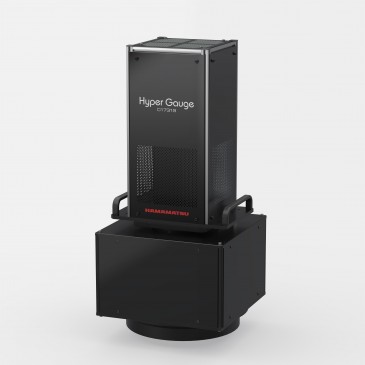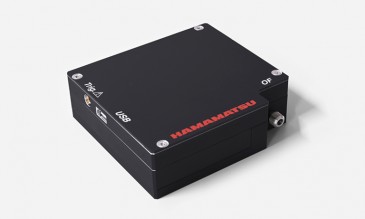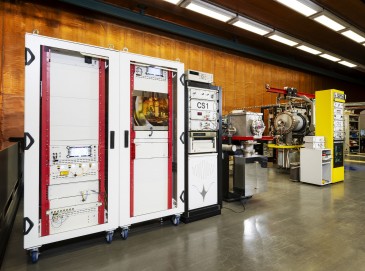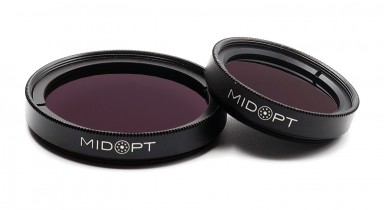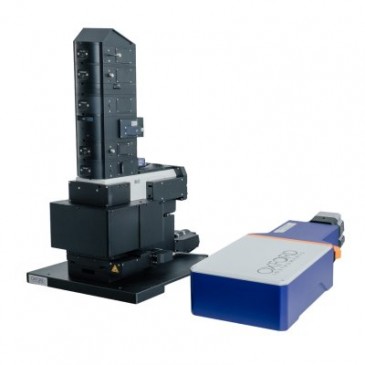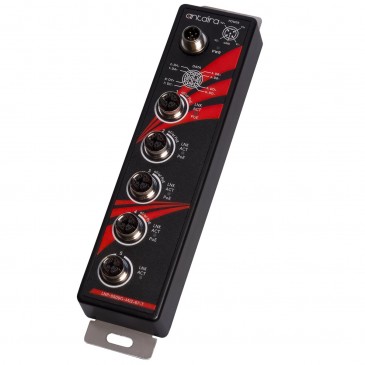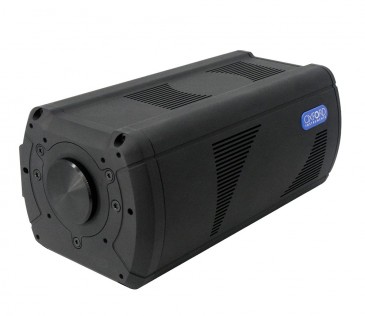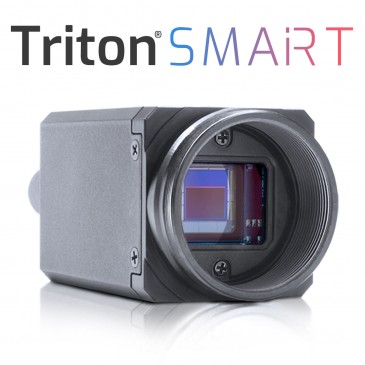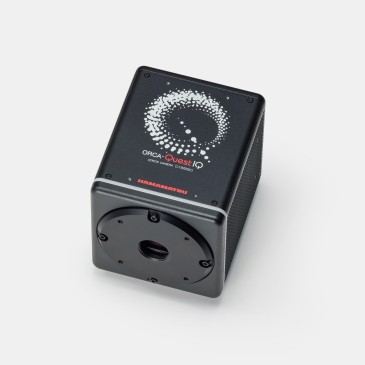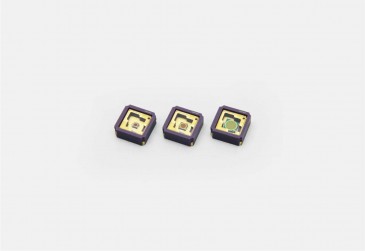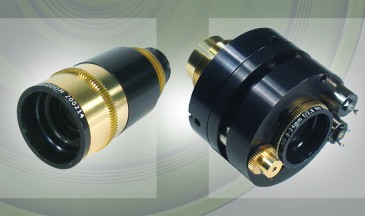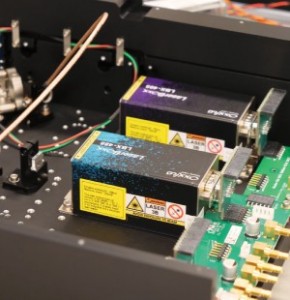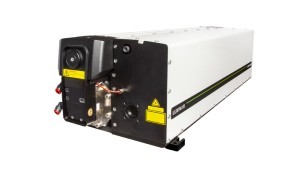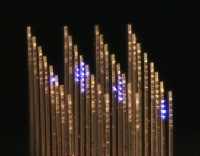
A new fibre-optic device, created by biologists and engineers at the Massachusetts Institute of Technology (MIT) in Cambridge, Massachusetts (US), can deliver precise points of light to a three-dimensional (3D) section of living brain tissue. The work reflects a relatively new but promising technique that uses gene therapy to turn individual brain cells on and off with light.
Scientists can use the new 3D “light switch” to better understand how the brain works. It might also be used one day to create neural prostheses that could treat conditions such as Parkinson’s disease and epilepsy. The researchers describe their device in the paper “3-Dimensional Multiwaveguide Probe Array for Light Delivery to Distributed Brain Circuits,” published today in the Optical Society’s (OSA) journal Optics Letters.
The technique of manipulating neurons with light is only a few years old, but the authors estimate that thousands of scientists are already using this technology, called “optogenetics,” to study the brain. In optogenetics, researchers first sensitise select cells in the brain to a particular colour of light. Then, by illuminating precise areas of the brain, they can selectively activate or deactivate the individual neurons that have been sensitised.
Ed Boyden, a synthetic biologist at MIT and co-lead researcher on the paper, is a pioneer in this emerging field, which he says offers the ability to probe connections in the brain. “You can see neural activity in the brain that is associated with specific behaviours but is it important or is it a passive copy of important activity located elsewhere in the brain? There’s no way to know for sure if you just watch.” Optogenetics allows scientists to play a more active role in probing the brain’s connections, to fire up one type of cell or deactivate another and then observe the effect on a behaviour, such as quieting a seizure.
Unlike the previous, one-dimensional versions of this light-emitting device, this new tool delivers light to the brain in 3D, enabling the potential to explore entire circuits within the brain. So far, the 3D version has been tested in mice, although Boyden and colleagues have used earlier optogenetic technologies with non-human primates as well.
One of the advantages of optogenetics is that this technology allows scientists to focus on one particular type of neuron without affecting other types of neurons in the same area of cortex. Probes that deliver electricity to the brain can manipulate neurons but they cannot target individual kinds of cells, Boyden says. Drugs can turn neurons on or off as well, but not on such a quick time scale or with such a high degree of control. In contrast, the new 3D array is precise enough to activate a single kind of neuron at a precise location with a single beam of light.
Each probe is just 150 microns (µ) across, a little thicker than a human hair, and thin enough that the device can be implanted at any depth in the cortex without damaging it. The brain lacks pain receptors, so the implants do not cause any discomfort to the brain itself.
“It’s turning out to be a very powerful and convenient tool,” says Clifton Fonstad, MIT professor of electrical engineering and co-lead author of the paper.
A better understanding of the brain may lead to another benefit of this technology: therapy. If a particular type of cell malfunctions in a particular disease, scientists may be able to use a modified 3D array as a neural prosthesis that could help to treat neurological conditions. Using light to stop overactive cells from firing might alleviate the uncontrollable muscle action of Parkinson’s disease. Cells that cause seizures in the brain could be quieted optically without the side effects of anti-seizure medications. Implants that correct hearing deficiencies are also being explored with this technology.
Photo: Optical image of the 3D array from MIT with individual light ports illuminated. The array looks like a series of fine-toothed combs laid next to each other with their teeth pointing in the same direction. (Credit: A.N. Zorzos, J. Scholvin, E.S. Boyden and C.G. Fonstad/Optics Letters)






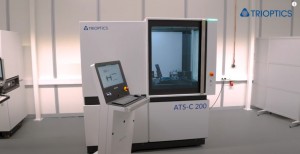
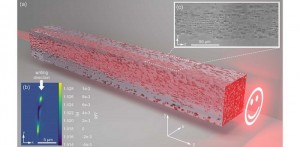
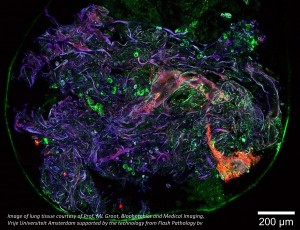

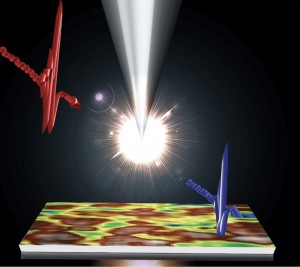

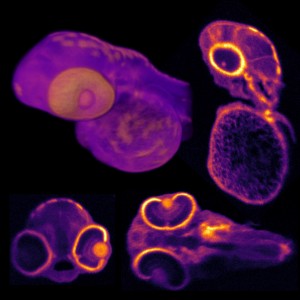
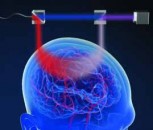

















 Back to News
Back to News